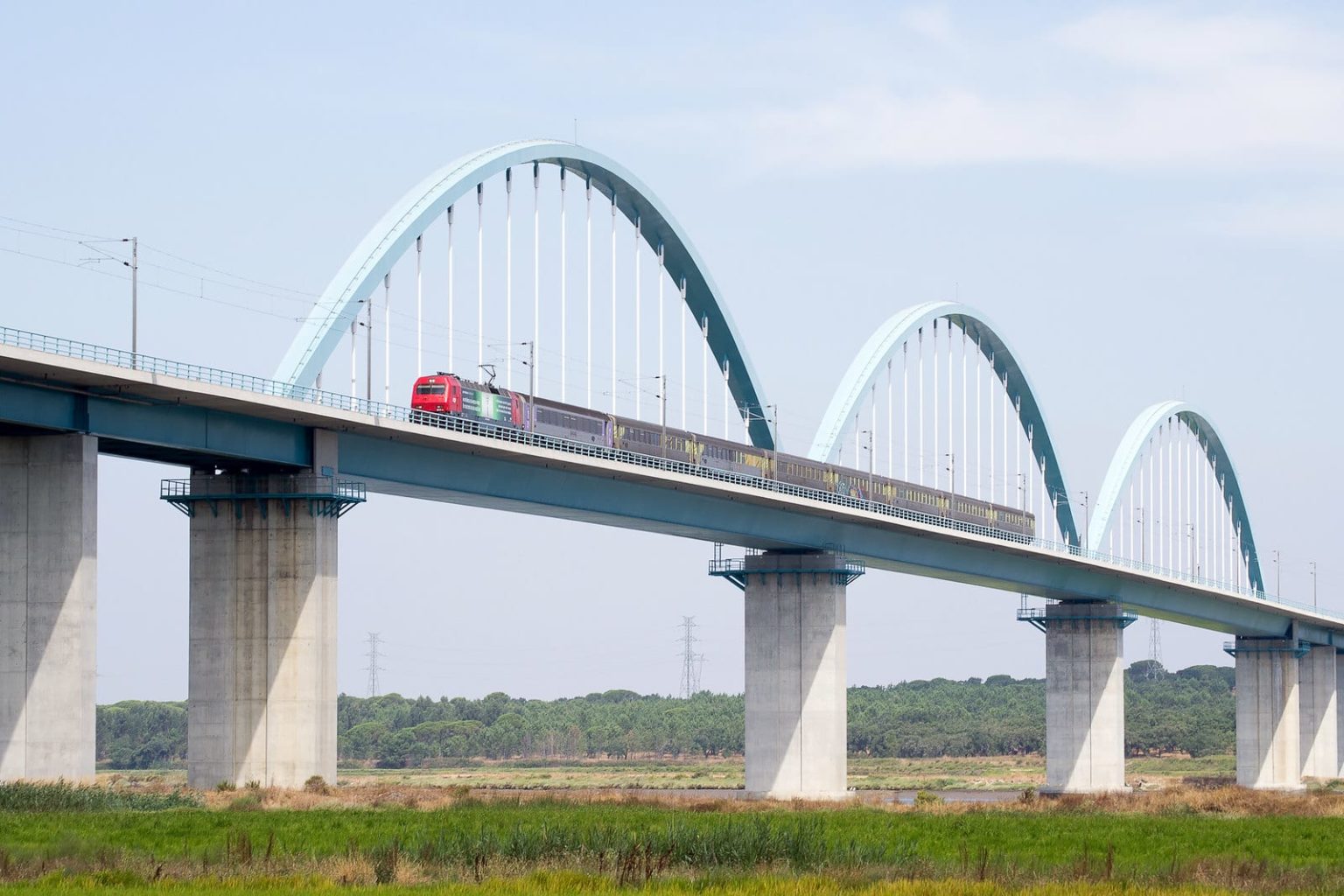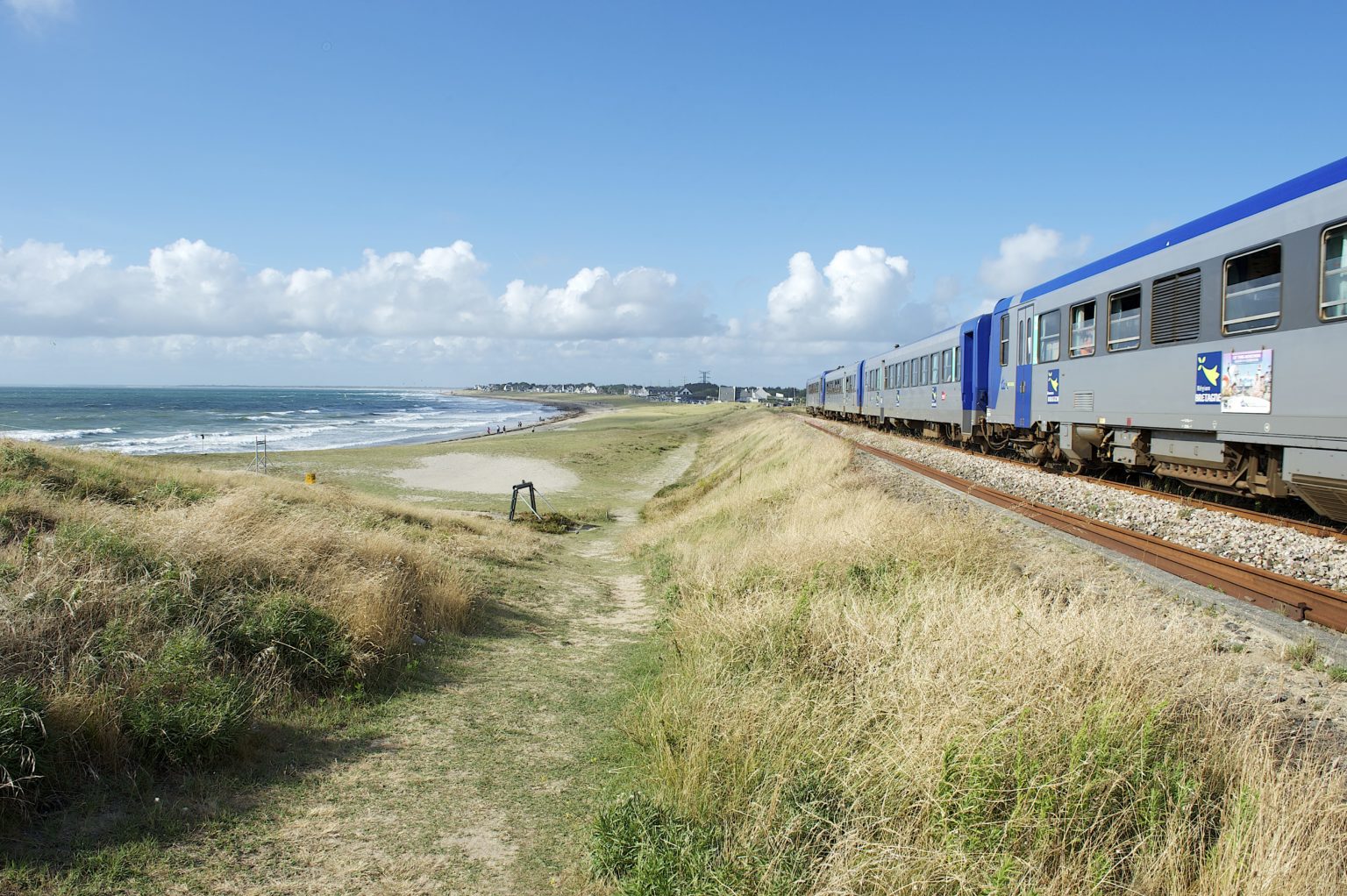


Databases
Telematics Applications for Freight and Passengers (formerly TAP and TAF)
Objective
TSI Telematics covers data exchanges between actors such as IMs, RUs, terminals, chargers, etc. IMs are communicating mainly (if not “only”) with other IMs and RUs.
The TSI Telematics must not be confused with signalling related TSIs as the TSI does not cover interfaces and dialogue between trains and infrastructure. This role is played by signalling systems, radio systems, GSM-R, and more and more: dedicated digital systems adopting common standards like SFERA-DAS (UIC). However, the signalling system adopts the same format as Telematics (TAP/TAF) for those data exchanges.
Specifically, the functions of the TSI Telematics functions define data processing mostly regarding the following variables:
- When (at which point in time) data must be sent
- What (which kind of information and content) must be sent to
- Whom (partner or partners) and
- How (in which format) the data must be exchanged.
The purpose of the TSI is to receive/emit information from/to legacy systems. Therefore, it does not impose any specific IT system.
The regulation of the TSI Telematics consists of 2 legal texts:
- TAF (Telematic Application for Freight)
- TAP (Telematic Applications for Passengers).
Both texts will be merged in the next version in June 2024 to form a single TSI “Telematic”, composed of three main parts:
- Planning and Operations
- Freight
- Passenger
This merge will result in the accumulation of capacity and operational measures in the TAF TSI, while the TAP TSI is being stripped of its substance, containing only ticket sales and passenger information.
The goal of this TSI is neither to change nor to impose processes or IT tools for planning and operations nor communications, but to “automatise” and “digitalise” (thus the word “Telematic”) those exchanges while allowing each actor to get information from other IT systems into its internal one.
The EU Agency for Railways (ERA) acts as the system authority for telematics applications. In that capacity, ERA maintains, monitors, and manages all corresponding subsystem requirements at EU level. ERA publishes the so-called Technical Documents (TDs), which aim to facilitate the implementation of the regulation, giving support to more technical issues of telematics applications.
EIM in action
- EIM’s WG “Telematics” are involved in several telematic platforms: European Commission, EU Agency for Railways (ERA), Joint Sector Group.
- EIM’s WG “Telematics” participate in Technical Expert Groups (TEGs) meetings. Three types of meetings are held regarding Reference Files, Operational, and Planning. In these meetings experts share and harmonise needs on telematics message details, adding new messages etc. Ultimately, it is a platform where the needs of stakeholders are expressed and shared.
- EIM’s WG “Telematics” participate and actively contribute to the meetings of the Joint Sector Group and provide input to the TSI revision.
- EIM’s WG “Telematics” cooperates with ERA to amend and shape the Telematics TDs, promoting the interests of the EIM members.
- EIM’s WG “Telematics” keeps its members updated with relevant information from EC, ERA, rail representative bodies, other.
- EIM’s WG “Telematics” cooperates with other EIM WGs (OPE, RINF).

EIM actions in 2023
- In the TAP-TAF revision, EIM’s WG “Telematics” actively participated in the preparation of proposals for the ERA Change Control Management (CCM) Working Group and the Board.
- EIM’s WG “Telematics” attended many groups dealing with the implementation of the TSIs, as well as the Joint Sector Group with rail stakeholders to promote the interests of IMs.
- EIM’s WG “Telematics” participated in the EC experts group, sharing with its members the updates for the foreseen revision of the TSI Telematics in 2024.
Outlook 2024
- EIM’s WG “Telematics” will continue participating in PRIME (Platform of Rail Infrastructure Managers in Europe), i.e. its ubgroup on ‘Digital solutions for European rail capacity and traffic management in support of interoperability of different rail IT systems (technical borders), including European cross-border rail traffic’.
- EIM’s WG “Telematics” will follow the evolution of the legally binding dependencies between the TAF-TAP legislations and the sector-driven European project Timetabling Redesign for smart capacity management (TTR), which is not legally binding.
- EIM’s WG “Telematics” will organise regular WGs on telematic topics to share the state of the art and gather a joint vision of its members.
- EIM’s WG “Telematics” will proactively contribute to the shaping of the Telematics TSI act/annex and Technical Documents for the EC and ERA while gathering and harmonising the needs of EIM’s members.
- EIM’s WG “Telematics” will ensure a significant role in the sector’s involvement in the TSI revision process.
Application Guide
TAP Commission Regulation (EU) No 454/2011 of 5 May 2011 on the technical specification for interoperability relating to the subsystem ‘telematics applications for passenger services’ of the trans-European rail system Text with EEA relevance. TAF Commission Regulation (EU) No 1305/2014 of 11 December 2014 on the technical specification for interoperability relating to the telematics applications for freight subsystem of the rail system in the European Union and repealing the Regulation (EC) No 62/2006 Text with EEA relevance

Register of Infrastructure
Objective
The Register of Infrastructure (RINF) is the main tool for describing the static rail network characteristics and capabilities as required by the Directive (EU) 2016/797 on rail Interoperability. The European Commission (EC) set up the RINF as the main tool for publishing the rail network characteristics and capabilities, including the relevant information needed for the ‘route compatibility’ and the digitalisation of the ‘Route Book’.
The RINF consists of a centralised database hosted and managed by the EU Agency for Railways (ERA), describing: i) Operational Points (OP) representing stations, junctions, sidings, etc; ii) Sections of Lines (SoL) describing the characteristics of tracks which link Operational Points together.
A new level of description is in the process of being added to describe the detailed configuration of the network following the adoption of the new regulation in August 2023.
Each object is characterised by a set of properties (called ‘parameters’) describing its capabilities and restrictions.
These characteristics will allow the Railway Undertakings (RU) to assess the compatibility of their rolling stock with the infrastructure and build the Route Book for their personnel. The process and the information needed for those operations are described in the TSI OPE, Appendix D.
Rail Infrastructure Managers (IMs), who have full knowledge of the characteristics and evolution of their own rail infrastructure, have to provide the necessary data to ERA. A national representation may be assured by the National Register Entity (NRE), which is optionally mandated by the Member State to coordinate the RINF implementation at national level and liaise with ERA during the development process.
Several Topical Working groups/Parties (TWP) have been mandated to focus in-depth on specific topics namely regarding (1) Description levels (micro-meso-macroscopic views), (2) Route Book, (3) Correspondence OP/PLC (RINF vs TAF/TAP), (4) Time Dimension, (5) CCS (new parameters and overhaul of existing). These TWPs will propose specifications for the 2023 revision of the RINF Regulation. ERA is in charge of those developments.
EIM in action
- EIM represents the IMs as data providers for the RINF and, as such, ensures that all RINF parameters are providing a real added value.
- EIM’s WG “RINF” (Register of Infrastructure) ensures that the technical requirements are defined with adequate precision in the Application Guide.
- EIM’s WG “RINF” ensures that the technical requirements allow an efficient information transfer flow.
- EIM’s WG “RINF” analyses the requirements described in the different TSIs to determine the relevant use cases. It challenges the relevant TSI experts when the use cases are unclear.
- EIM’s WG “RINF” ensures that the technical requirements allow a representation of the reality suited to the use cases.
- EIM’s WG “RINF” coordinates with ERA to ensure realistic roadmaps.
- EIM’s WG “RINF” shares best practices and participates in the relevant ERA Working Party.
- EIM’s WG “RINF” cooperates heavily with CER’s RINF group on as many topics as possible.

EIM actions in 2023
- EIM’s WG “RINF” participated in the sector RINF WG meetings as well as in the ERA RINF Working Parties.
- EIM’s WG “RINF” analysed the coherence and alignment of the requirements in the drafts of the new TSI OPE and RINF regulations.
- EIM’s WG “RINF” reviewed the drafts of the future RINF Regulation and gave comments on the parameters.
- EIM negotiated realistic deadlines for the RINF implementation and linked the deadlines for the new parameters to their technical description (specifications) in the ERA RINF application guide instead of the decision publication.
Outlook 2024
- EIM’s WG “RINF” will monitor the Commission Implementing Regulation (EU) 2019/777, and its successor.
- EIM’s WG “RINF” will follow-up on the new functionalities to be covered by the RINF:
- Implementation of the Route book Functionalities.
- Implementation of the new required information.
- Implementation of the differential update mechanics.
- EIM’s WG “RINF” will continue to discuss with ERA how to:
- Improve the description of the network using more relevant parameter definitions.
- Implement the new data structures and data transfer procedures.
- EIM’s WG “RINF” will participate in ERA´s RINF topical working groups which will discuss in detail the technical descriptions of the parameters and mechanics.
Application guide
